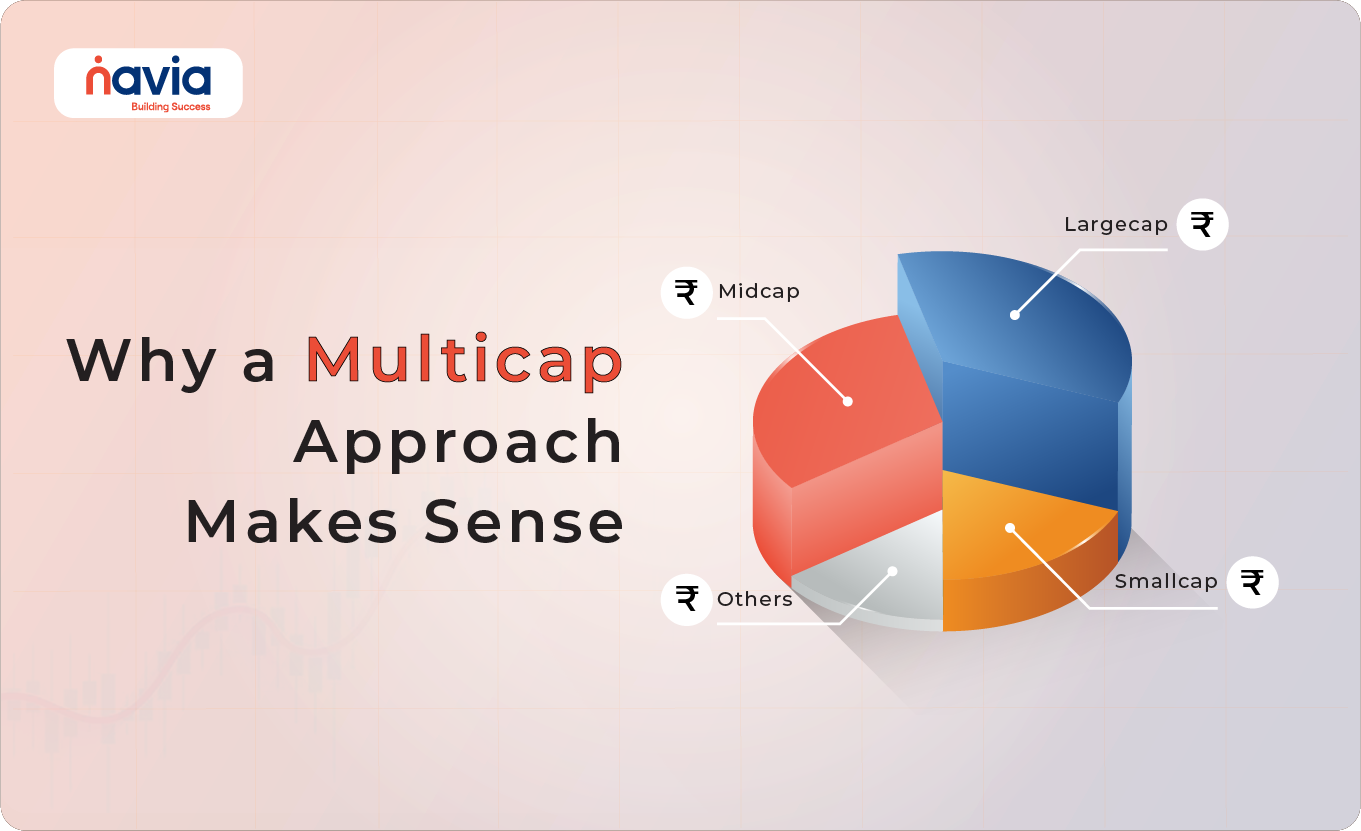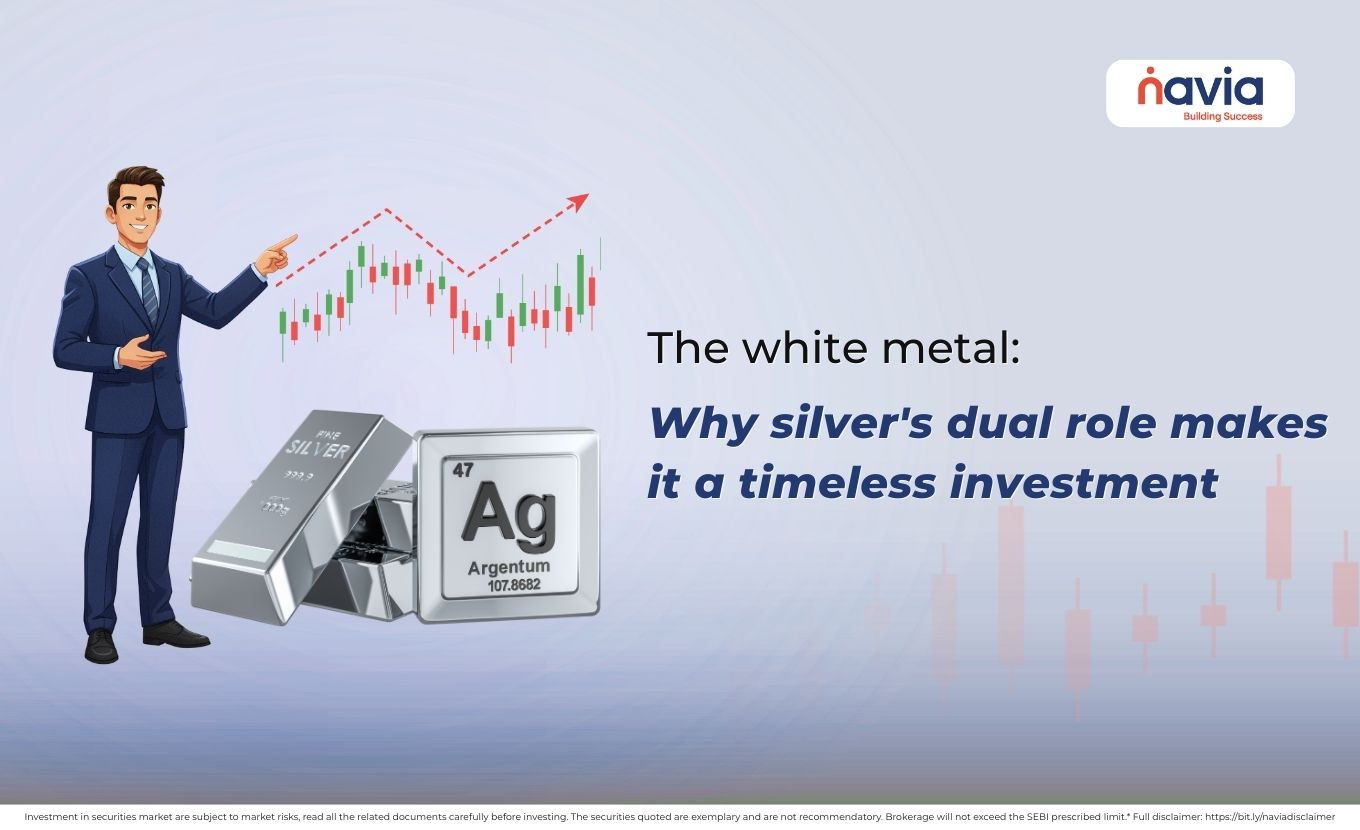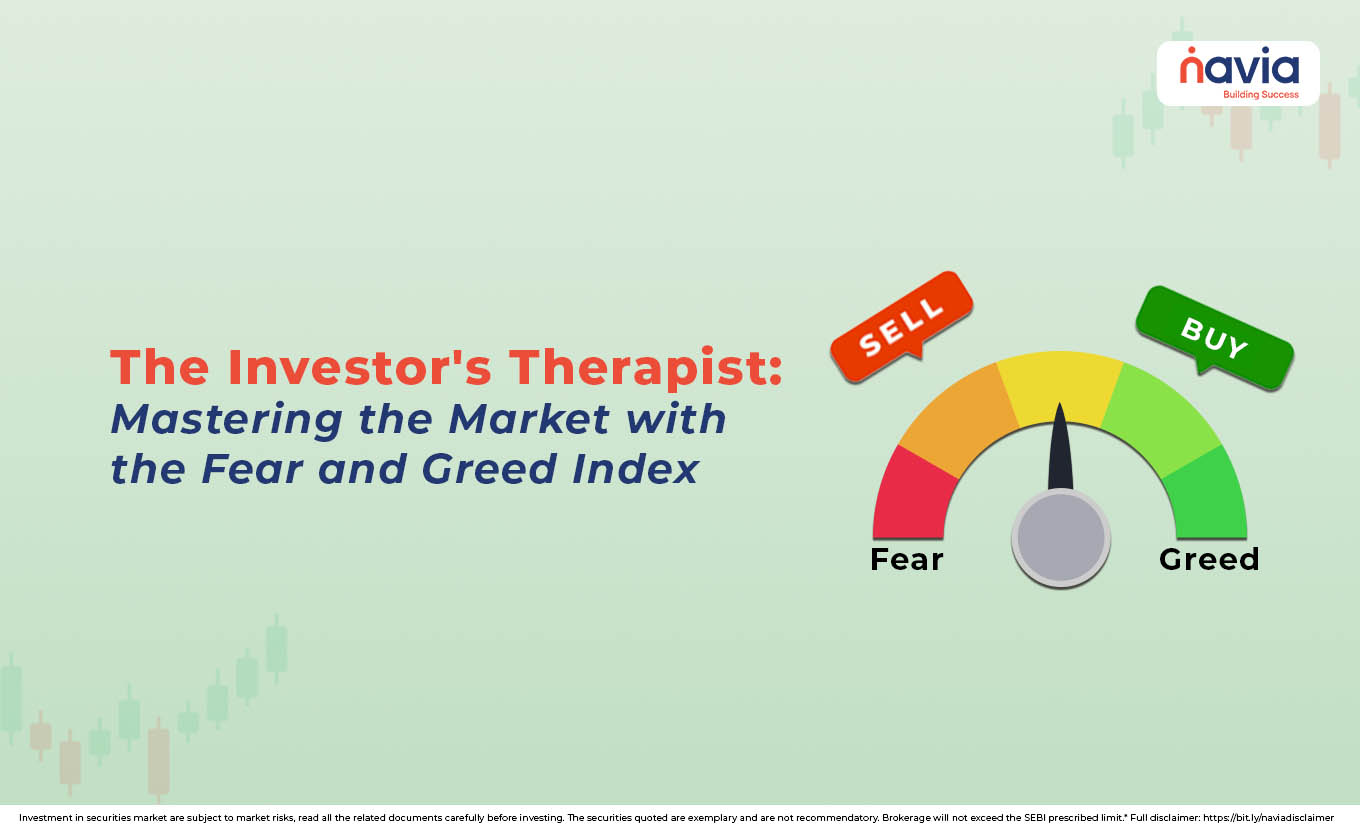Maximizing Returns Without Chasing Trends: Why a Multicap Approach Makes Sense

Many investors, in their quest for higher returns, tend to frequently switch between funds based on market capitalization (large-cap, mid-cap, or small-cap), sector (IT, Banking, etc.), and investment style (growth or value). While this may seem like a smart strategy, it often results in higher capital gains taxes and, more importantly, can disrupt the power of compounding. Constantly trying to time the market or predict top performers can negatively impact your long-term wealth-building potential.
But what if there was a better way to capture growth across the market while maintaining a diversified approach? Enter the multicap strategy.
The Pitfalls of Chasing Trends
Investors who constantly move their investments between different types of funds or sectors often fall into the trap of paying high taxes on capital gains. Moreover, they miss out on the opportunity to let their money compound over time. Let’s consider an example to illustrate the risks of trying to time market trends.
Large-Cap vs. Mid-Cap vs. Small-Cap Over Time
In 2017, large-cap funds were the top performers as markets surged. The Nifty 50 Index, which represents large-cap stocks, generated stellar returns, leading many investors to pour money into large-cap funds. However, in 2018, small- and mid-cap funds outperformed as large-cap stocks became expensive and valuations peaked. Investors who jumped from large-cap funds to small-cap funds in 2018 had to deal with capital gains taxes and missed out on long-term compounding.
This pattern repeats itself in various forms as market dynamics shift. Attempting to time these shifts by chasing large-, mid-, or small-cap funds based on current trends is not a sustainable strategy for building wealth. Top performers keep changing, and no one can accurately predict what style or sector will outperform in the coming years.
What is the Multicap Approach?
A multicap fund invests across market capitalizations—large, mid, and small caps—allowing the investor to benefit from the overall market’s growth rather than chasing trends in a specific segment. These funds give the flexibility to adjust the portfolio to leverage opportunities in any market segment without the need to constantly switch between different funds.
Advantages of a Multicap Approach:
1. Diversification: Multicap funds offer exposure to a blend of companies with varying market capitalizations, reducing the risk of relying on any single category.
2. Risk Management: Large-cap stocks provide stability, while mid- and small-cap stocks offer growth potential. This balance helps manage risk.
3. Compounding Power: By sticking with a multicap strategy, investors allow their capital to compound over time without constantly paying capital gains taxes on frequent buy/sell decisions.
4. Flexibility: Fund managers in multicap funds have the freedom to adjust the portfolio depending on market conditions, giving them a dynamic approach to managing risk and maximizing returns.
Multicap Strategy Through ETFs and SIPs
Investors can also opt for a multicap strategy via Exchange Traded Funds (ETFs) combined with a Systematic Investment Plan (SIP). SIP allows investors to accumulate more units over time, averaging the cost and benefiting from market fluctuations, especially during market corrections.
Benefits of Using SIPs in a Multicap Fund or ETF:
🔶 Cost Averaging: SIPs ensure you invest consistently, buying more units when markets are down, and fewer when markets are high. Over time, this averages out the cost of investment.
🔶 Accumulating More Units: If the markets fall from their peaks, you get to accumulate more units at a lower price. As markets recover, the value of your units grows.
🔶 Wealth Creation Formula: The key to long-term wealth is simple—more units multiplied by higher NAVs (Net Asset Values). SIP in a multicap ETF or fund helps you stay disciplined and ride out market volatility.
Navia’s Zero Brokerage Plan: A Cost-Effective Solution
At Navia Markets, we offer a zero brokerage plan, which ensures that you don’t pay any brokerage fees when buying or selling your ETFs. This is particularly advantageous for SIP investors, as frequent investments in small quantities can often attract high brokerage fees. With Navia’s zero brokerage model, you can maximize your returns by ensuring every penny you invest goes towards purchasing more units, not fees.
Benefits of the Navia Zero Brokerage Plan:
➝ No Brokerage Costs: You can invest as frequently as you like without worrying about incurring transaction fees.
➝ Boost Compounding Power: With no brokerage eating into your returns, your investment has more potential to compound over time.
➝ Efficient Cost Management: Particularly useful for SIP investors who regularly invest small amounts over time, avoiding brokerage ensures cost efficiency.
Leverage the Navia All-in-One App and Free ETF SIP Baskets
Our Navia All-in-One App makes it incredibly easy to set up your SIP in a multicap ETF. The app provides a seamless, user-friendly interface that allows you to choose from Free ETF SIP baskets, which are pre-selected based on market capitalization, sectors, and performance metrics. You can customize these baskets or create your own, all with the simplicity of a few clicks.
Advantages of the Navia App and Free ETF SIP Baskets:
🔶 Ease of Use: The Navia App lets you create, monitor, and modify your SIPs in multicap ETFs with ease.
🔶 Pre-Selected ETF Baskets: Choose from ready-made SIP baskets designed to maximize diversification and growth.
🔶 Complete Flexibility: Start, pause, or modify your SIP at any time, without any hassle.
🔶 Comprehensive Dashboard: Track your portfolio’s performance, returns, and market conditions in real time.
Examples of Multicap ETFs in India
Here are some multicap ETFs in the Indian market that you could consider for implementing this strategy:
1) Motilal Oswal NIFTY 500 ETF (MONIFTY500)
2) Motilal Oswal NIFTY 500 Multicap 50:25:25 Index (MULTICAP NIFTY500)
3) HDFC S&P BSE 500 ETF (HDFCBSE500)

Conclusion: The Smart Way to Build Wealth
Chasing trends by constantly switching between different types of funds can hurt your portfolio in the long run. The better way to build wealth is through a disciplined, diversified approach such as investing in a multicap fund or ETF. This strategy allows you to capture the overall growth of the market without being overexposed to any single sector or market capitalization.
At Navia Markets, we recommend taking advantage of this opportunity by starting an SIP in a multicap ETF or fund. With our zero brokerage plan, Navia All-in-One App, and Free ETF SIP Baskets, you can simplify your investment journey, reduce costs, and maximize your potential for long-term wealth creation.
Start your SIP today and let your investments work harder for you!
We’d Love to Hear from you-
DISCLAIMER: Investments in the securities market are subject to market risks, read all the related documents carefully before investing. The securities quoted are exemplary and are not recommendatory. Brokerage will not exceed the SEBI prescribed limit.





